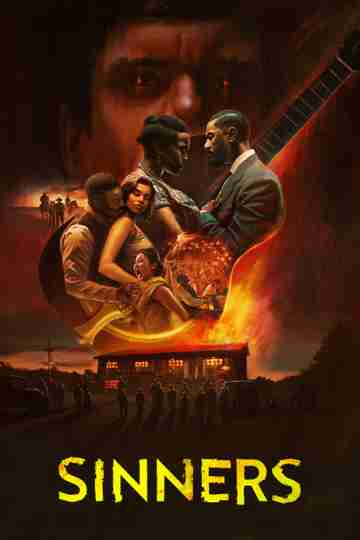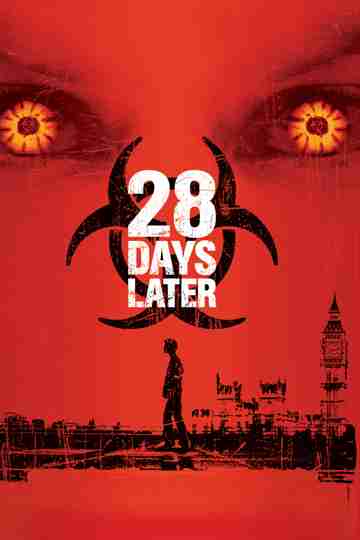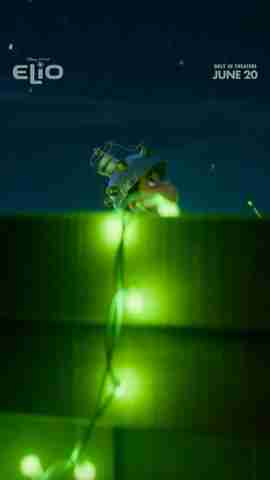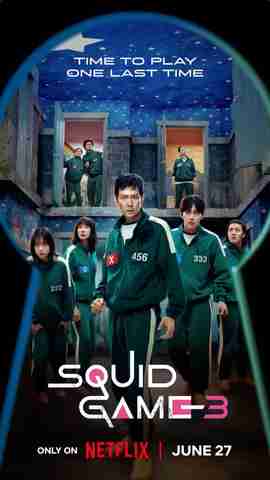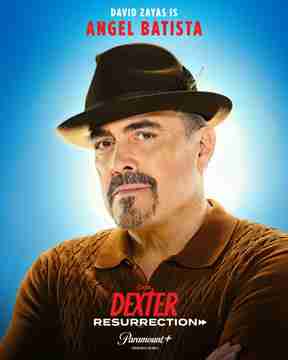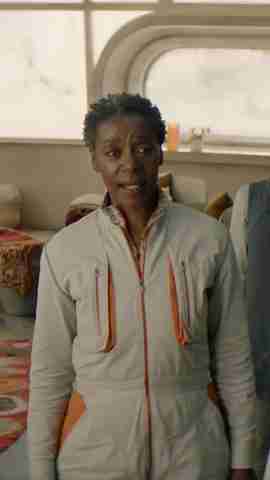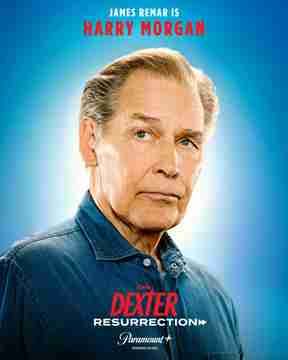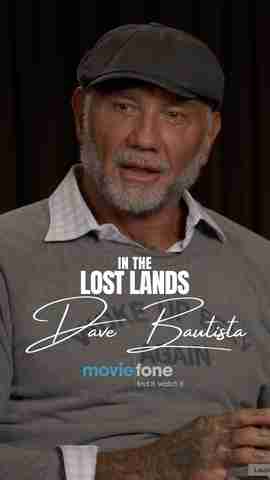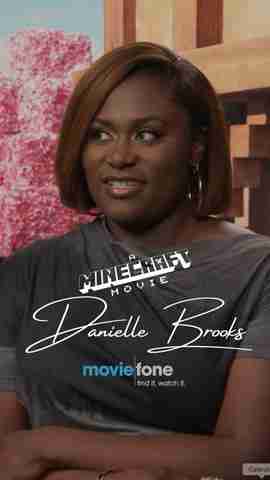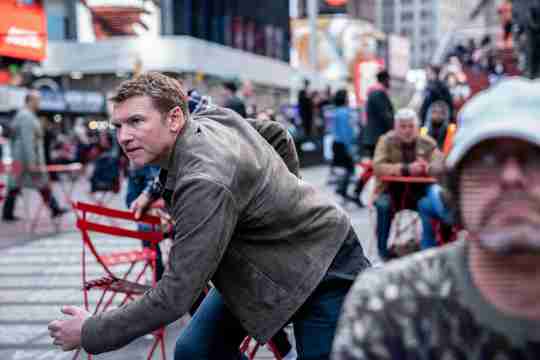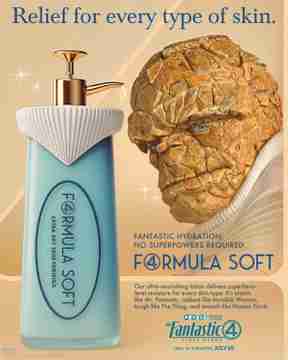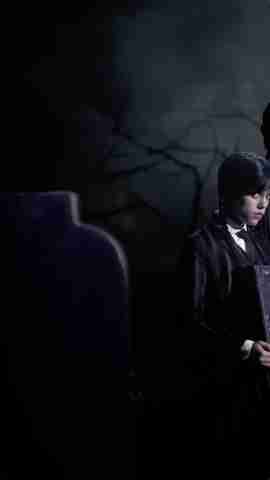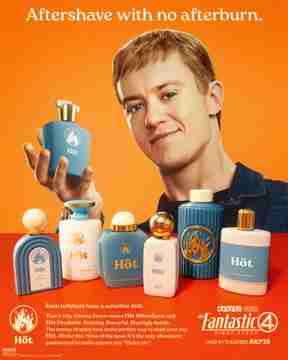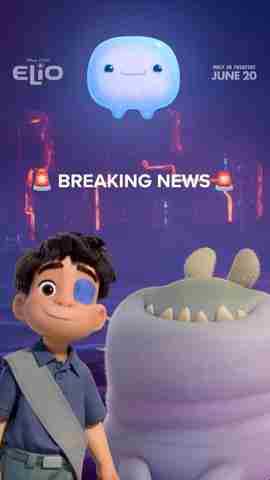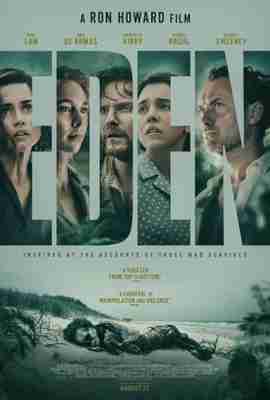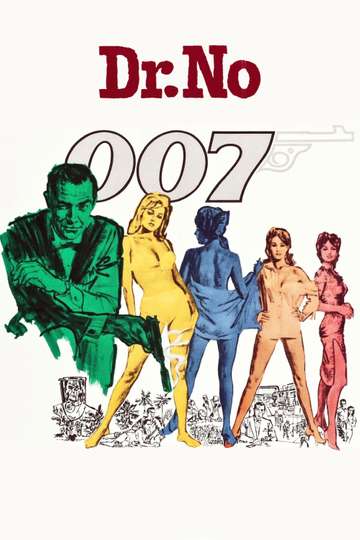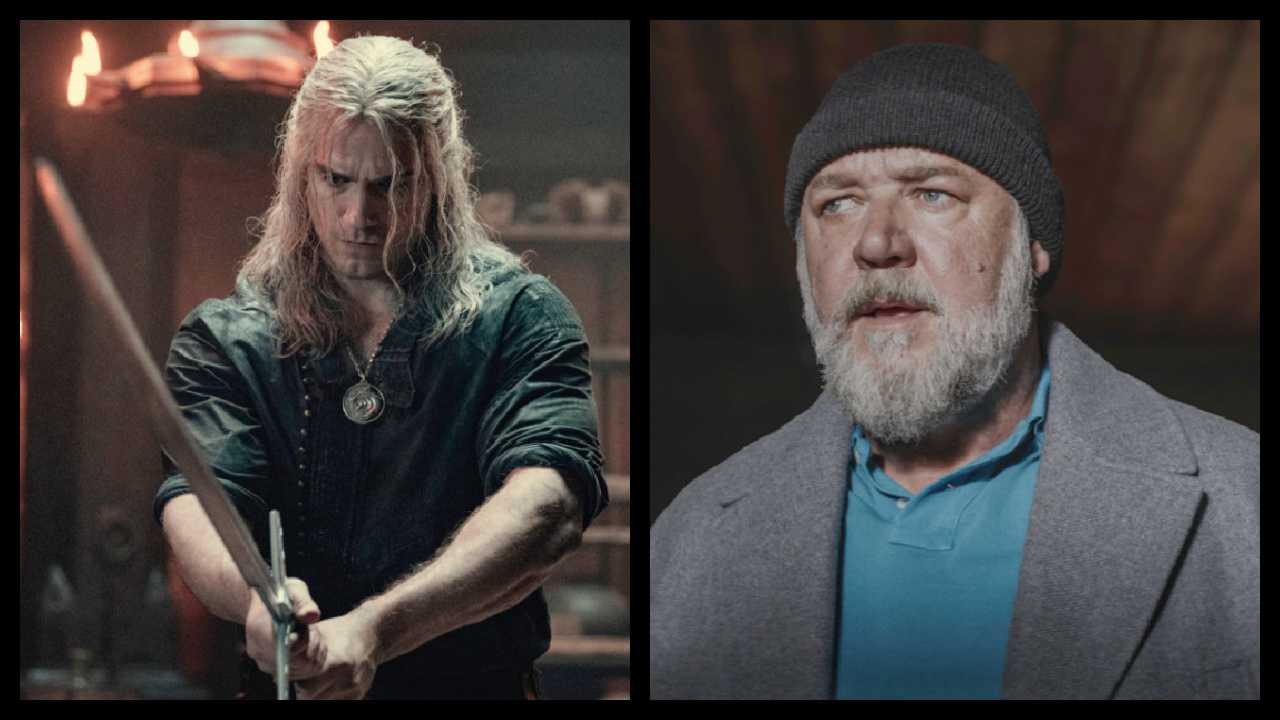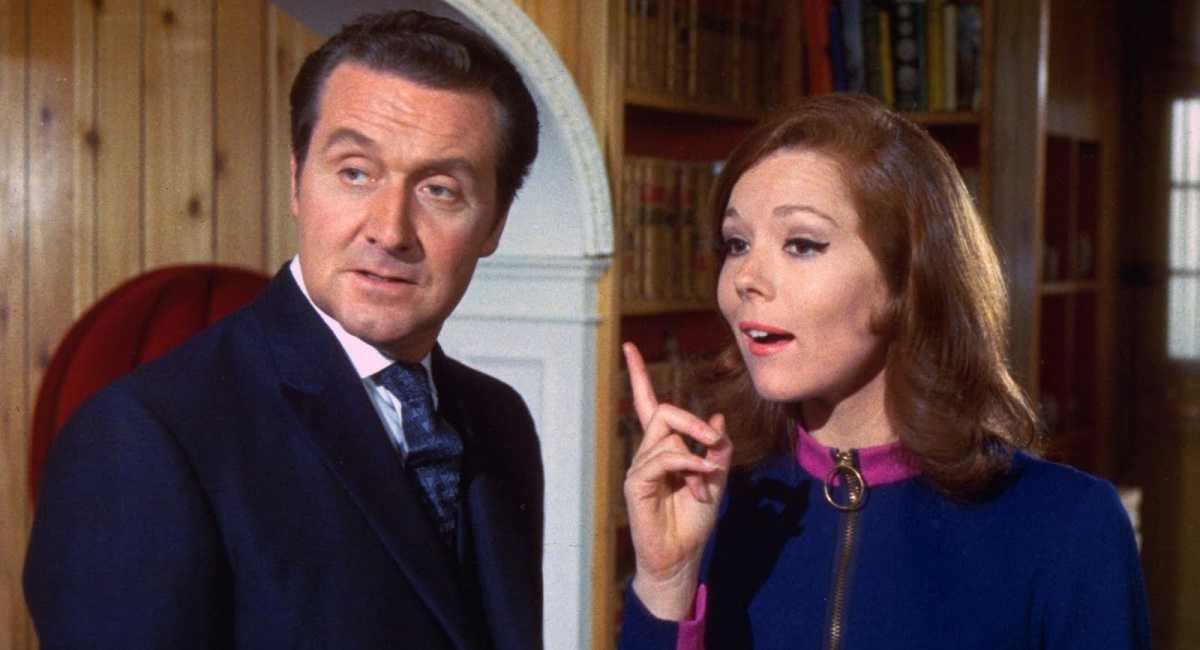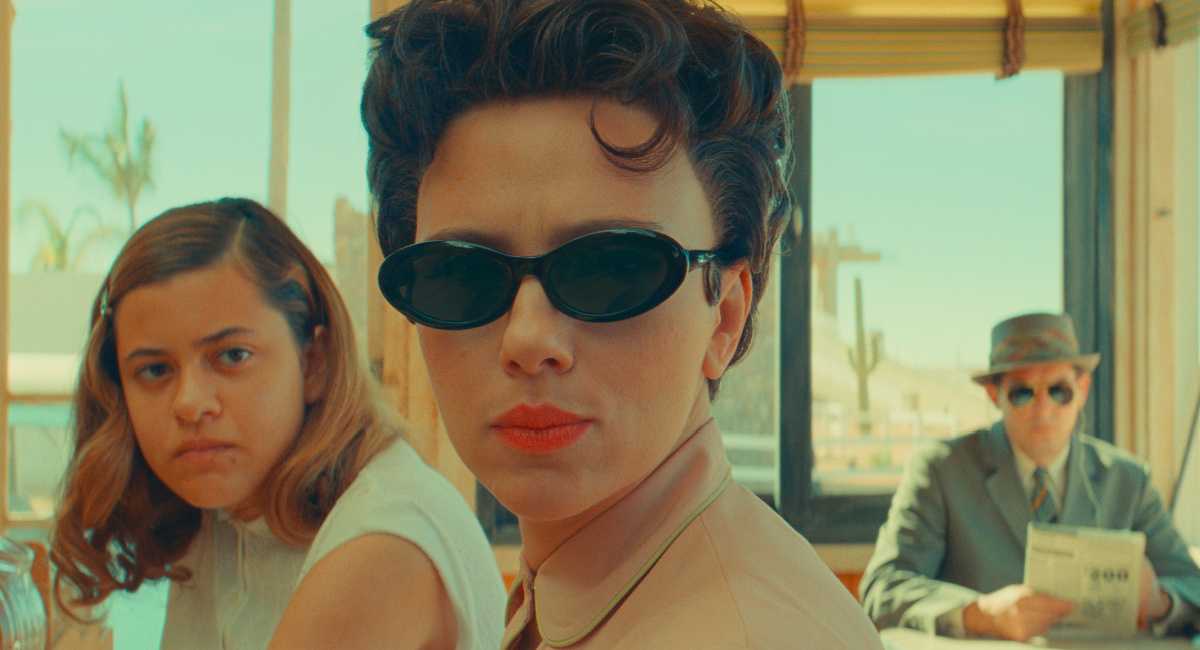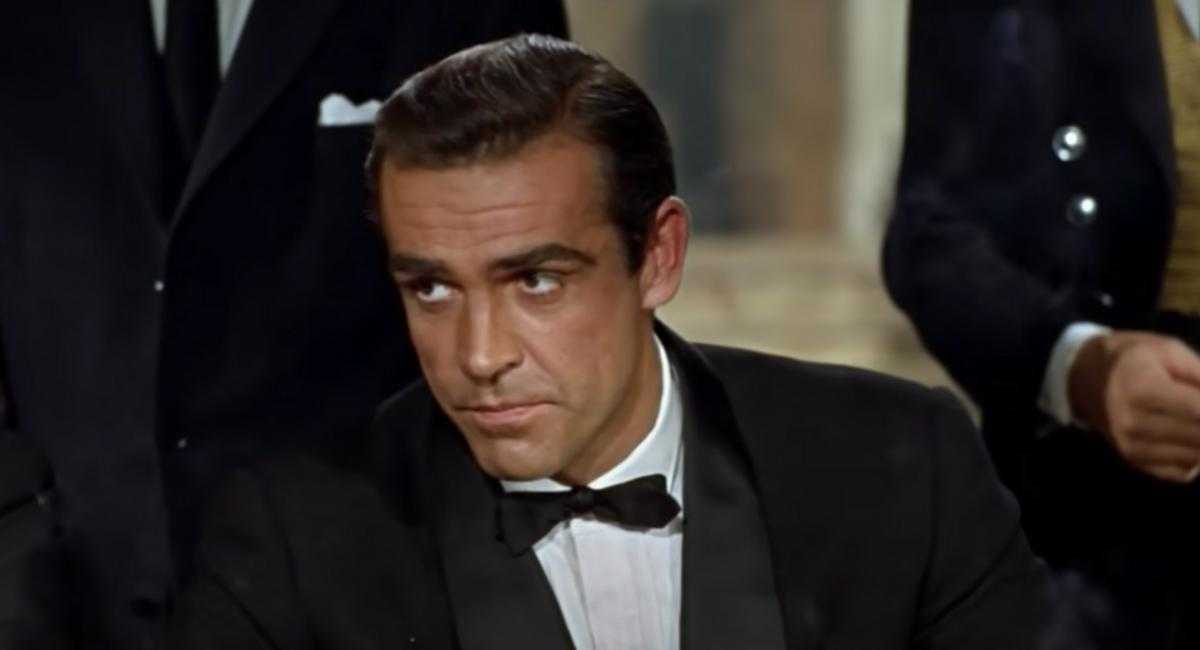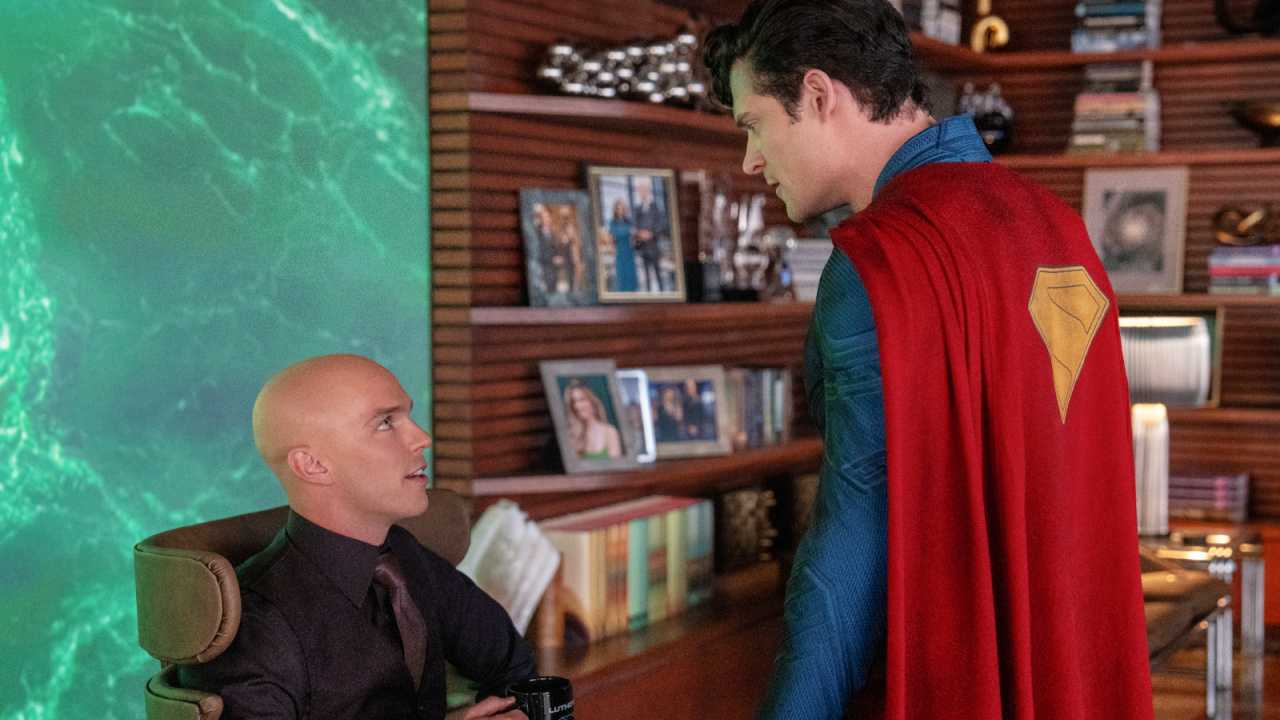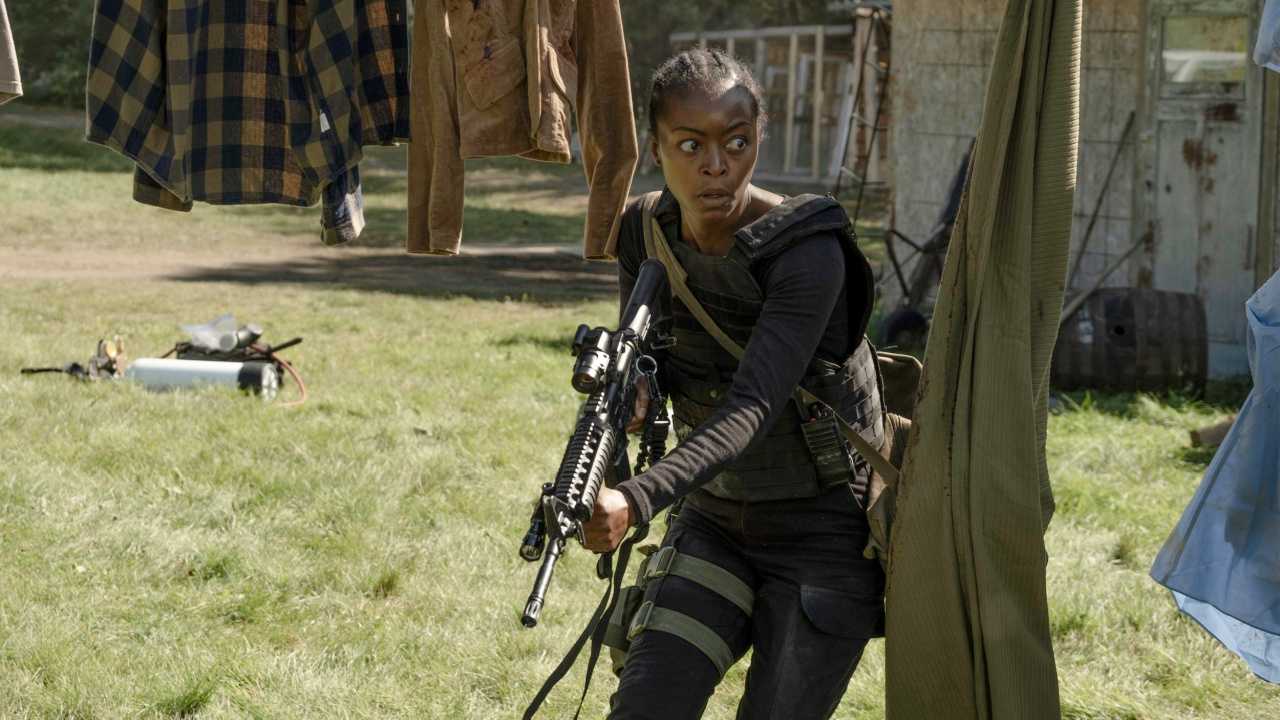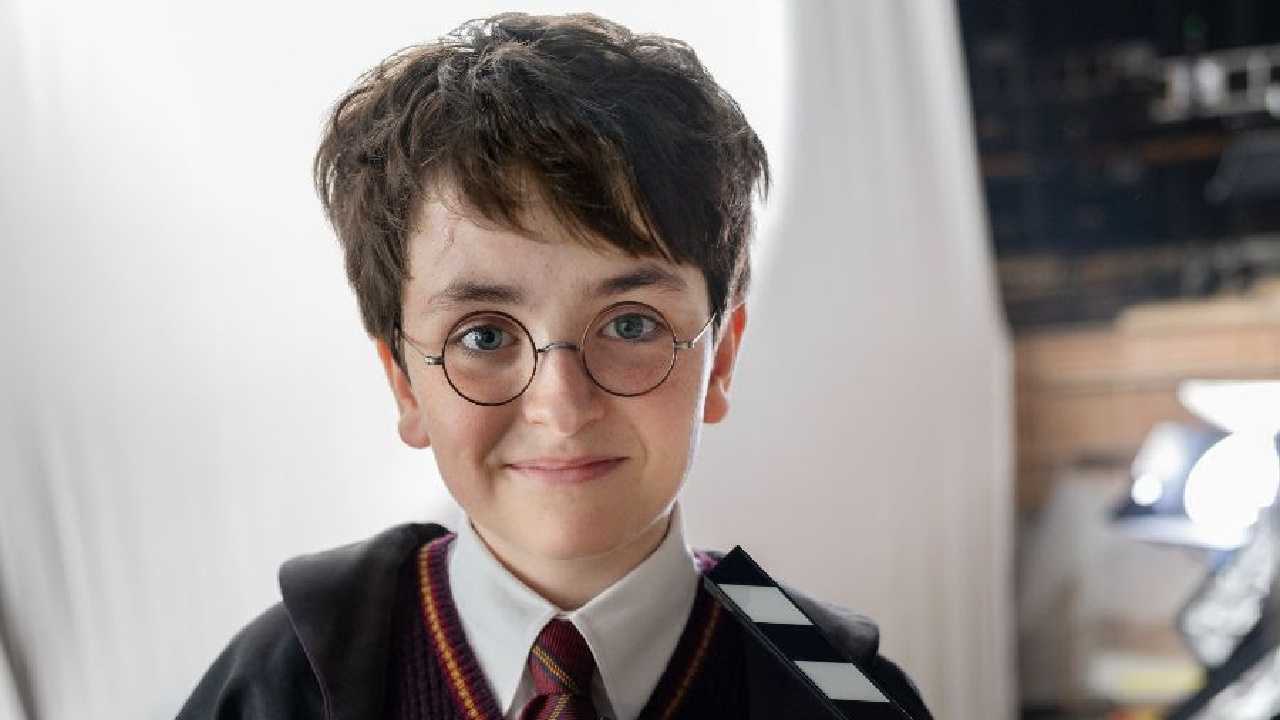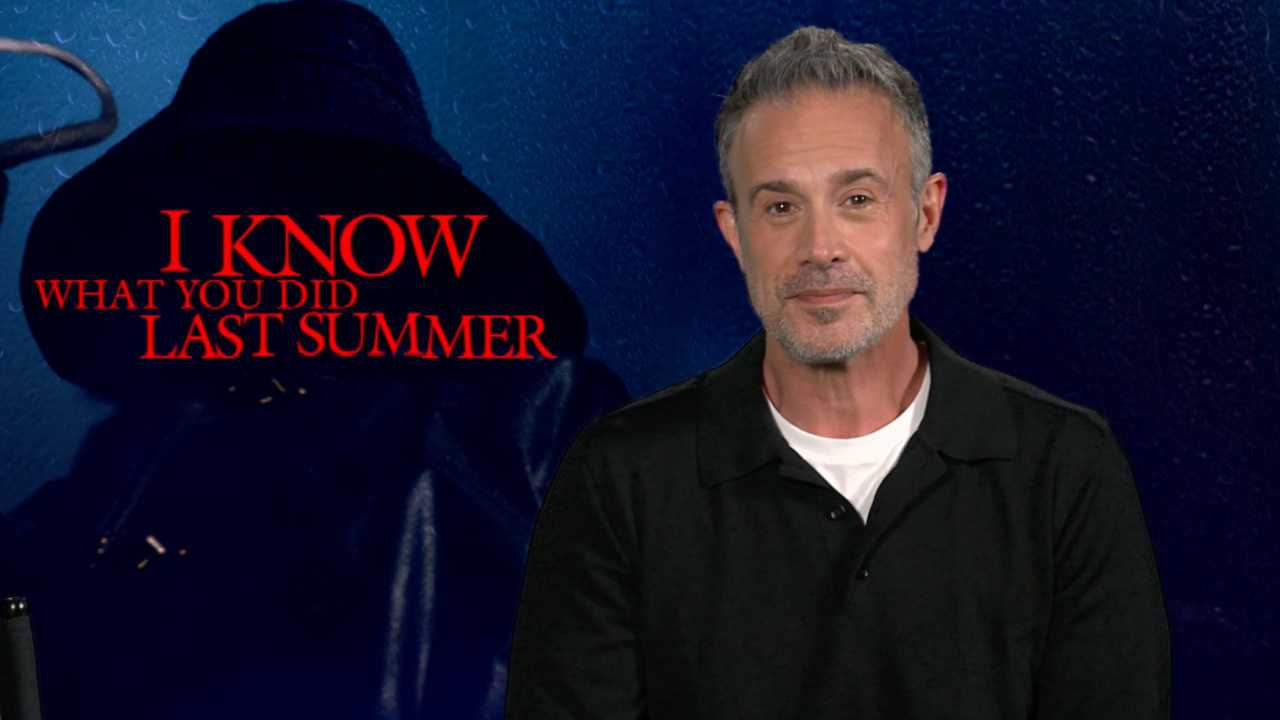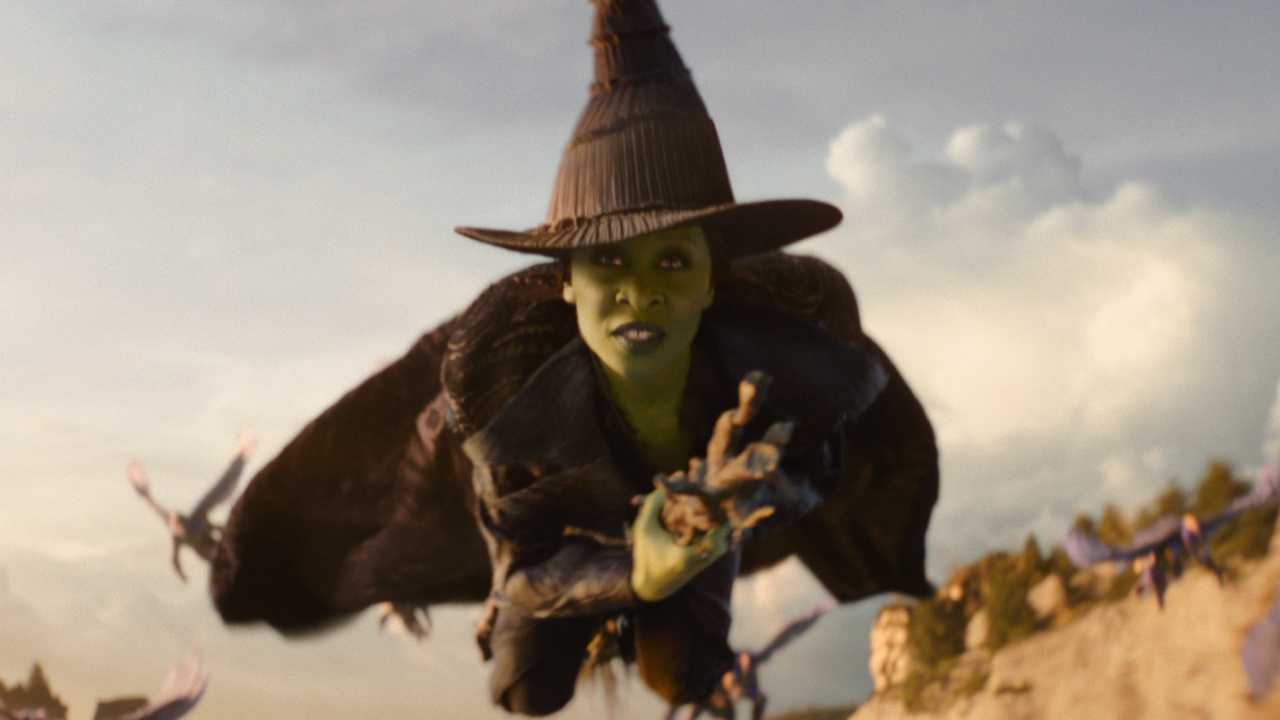16 Things You Never Knew About 'Dr. No,' James Bond's First Movie
England's two biggest cultural exports of the 1960s, the Beatles and the James Bond films, both went public on the same day 55 years ago this week. October 5, 1962, marked the release of the Fab Four's first single, "Love Me Do," and the debut of "Dr. No," the first big-screen Bond adventure.
More than half a century later, the Bond franchise is still going strong, with a 25th installment due in 2019. Sean Connery, who became an international star because of "Dr. No," remains for many the definitive 007 and an icon of screen masculinity, even though he retired from movies more than a decade ago and holstered Bond's Walther PPK for a good two decades before that. (The Beatles did pretty well, too, despite a diss from Connery's Bond in 1964's "Goldfinger.")
On "Dr. No"'s 50th anniversary, Moviefone uncovered how that film helped set the template for movie spy thrillers in general for decades to come. Still, there are more secrets from Bond's first mission for us to declassify.
1. Novelist Ian Fleming borrowed James Bond's name from the ornithologist who wrote "Birds of the West Indies." To the author, it seemed plain and dull enough to be the perfect name for an undercover agent, even though the big-screen Bond may be the least inconspicuous spy ever. As for 007, it was supposedly the number of a London bus route Fleming sometimes rode.
2. We may think of James Bond as quintessentially British, but during development of "Dr. No," Fleming wrote the filmmakers a memo, insisting: "To my mind, the greatest danger in this series is too much Englishness. There should, I think, be no monocles, moustaches, bowler hats or bobbies or other 'Limey' gimmicks. There should be no blatant English slang, a minimum of public-school ties and accents, and subsidiary characters should, generally speaking, speak with a Scots or Irish accent."
3. An early draft of the screenplay made the villain a monkey. That is, Dr. No would turn out to be a simian idol, a monkey god worshiped by island natives, though he'd have a human avatar who had a capuchin monkey of his own. Producer Albert Broccoli was appalled and told the screenwriters to go back to the novel and come up with a less ridiculous nemesis who was more faithful to what Fleming had written.
4. Initially, the filmmakers tried to cast the lead role by hosting a nationwide "Find James Bond" contest in England. The stunt had some publicity value, but the filmmakers had no intention of casting the winner, Peter Anthony, a model with no acting experience.
5. Prisoner" and "Braveheart" actor would spend most of the rest of his career playing spies and homicidal villains.
6. Other names, including Trevor Howard and Michael Redgrave, would appear on the shortlist, but Broccoli was set on the little-known Connery, feeling that he was the only actor from the U.K. who was macho enough for the part. He sent footage of Connery's screen test to United Artists executives back in the U.S., and they responded with a telegram that read, "NO. KEEP TRYING." With the beginning of the shoot approaching, Broccoli finally put his foot down and insisted on Connery.
7.Lois Maxwell was initially up for the role of Sylvia Trench, who becomes Bond's friend-with-benefits after he meets her at the baccarat table early in the film. But Maxwell balked at the sexy role, one scene of which would have required her to wear nothing but one of Bond's shirts. The role went instead to Eunice Gayson, while Maxwell went on to play flirtatious secretary Miss Moneypenny.
8. Gayson was supposed to play Sylvia for the next five movies as well, but the character was dropped after the second film, 1963's "From Russia With Love." Meanwhile, Maxwell went on to play Moneypenny 14 times, in every Bond movie through 1985's "A View to a Kill."
9. In the iconic gun barrel opening (above) -- in which Bond shoots at the camera -- that's actually stuntman Bob Simmons playing Bond, not Connery. Not only was Simmons the stunt coordinator on all the Bond films (except "From Russia With Love") for the franchise's first quarter-century, but he also doubled for Bond in that opening shot until Connery took the honors in the fourth film, 1965's "Thunderball."
10. John Barry's instantly recognizable big-band arrangement of the James Bond theme music, first used for "Dr. No," has defined the 007 character and spy movie music in general for half a century. There are several accounts as to the theme's origin, the most entertaining of which is a ghost story involving Richard Harris. Actually, composer Monty Norman based the Bond theme on a song called "Bad Sign Good Sign" that he'd written for a never-produced stage musical adaptation of V.S. Naipaul's novel "A House for Mr. Biswas." Given the musical's Indian characters, Norman had scored the song for sitar, but the sitar part became the now-familiar electric guitar melody when Barry orchestrated the tune for "Dr. No."
11.Joseph Wiseman's metal-handed title character casts an air of mystery and menace over the entire film, yet Wiseman himself doesn't show up on screen until the last 25 minutes of "Dr. No."
12. In an elaborate throwaway gag, Bond spots Goya's portrait of the Duke of Wellington in Dr. No's lair. At the time of the shoot, the well-known painting had recently been stolen from England's National Gallery. Production designer Ken Adam thought it would be funny to have the purloined portrait pop up in the villain's possession, so he painted the prop version himself over the course of a weekend. The museum recovered the actual painting in 1965.
13.Ursula Andress, who was a little-known Swiss starlet before she co-starred in "Dr. No" as Honey Ryder, credited her sudden fame to the custom-made white cotton bikini she wore as she made her unforgettable entrance, emerging from the sea. The swimwear industry also credited that scene with popularizing the bikini (then still a novelty) and sending sales soaring.
14. The older Connery may have been the sexiest bald man in film history, but even the younger Connery of the early Bond films was already losing his hair. Consensus has it that he was wearing a toupee by the time he made "Goldfinger," but some sources say he had a toupee even at age 32 in "Dr. No."
15. In fact, there were supposedly two toupees for Connery's amphibious performance in the film, one for wet scenes and one for dry.
16. Days after the film's successful debut in England in October 1962, the Cuban Missile Crisis happened, and the similarities to the plot of "Dr. No" made United Artists skittish about releasing the film in America. Besides, Broccoli recalled years later, "several bookers doubted they could sell a picture with 'a Limey truck driver playing the lead."' In early 1963, UA finally landed "Dr. No" a test booking in an Oklahoma drive-in theater. "Fortunately, the Oklahoma audiences were ecstatic."

